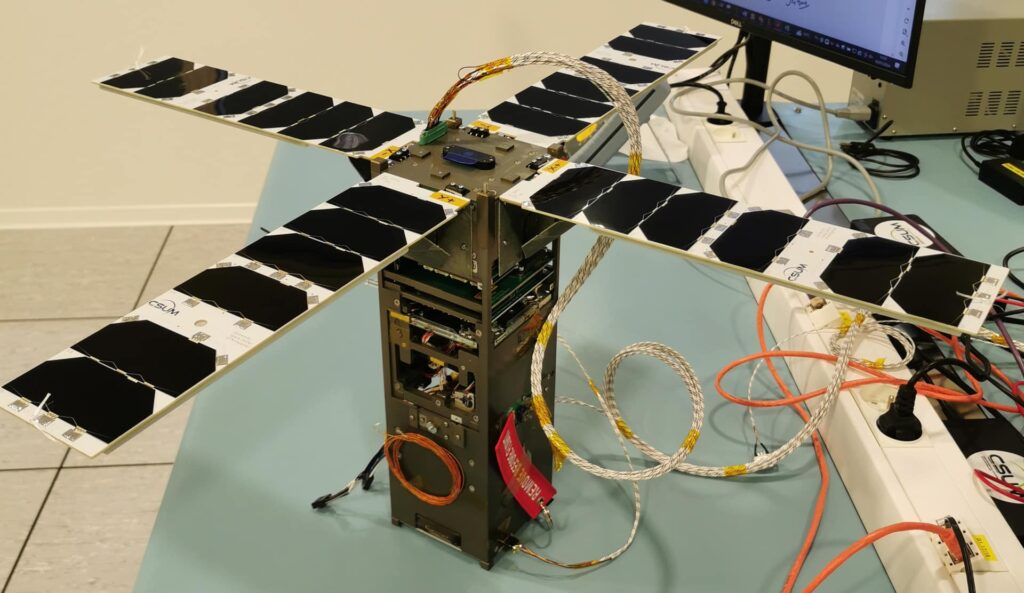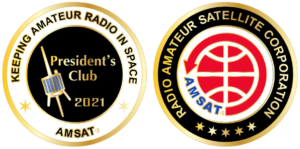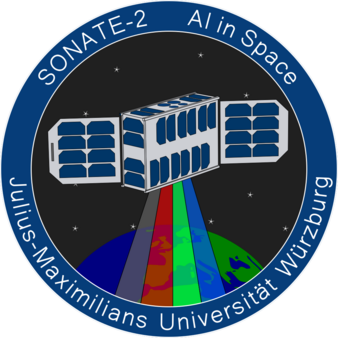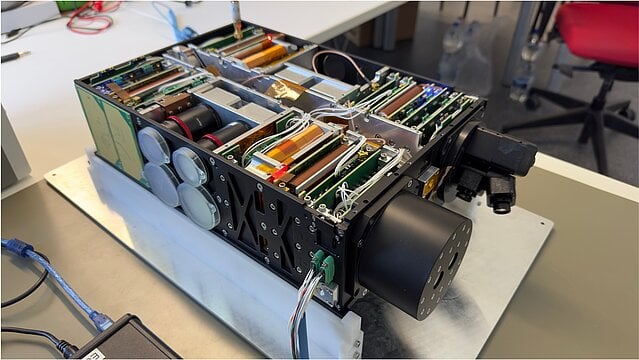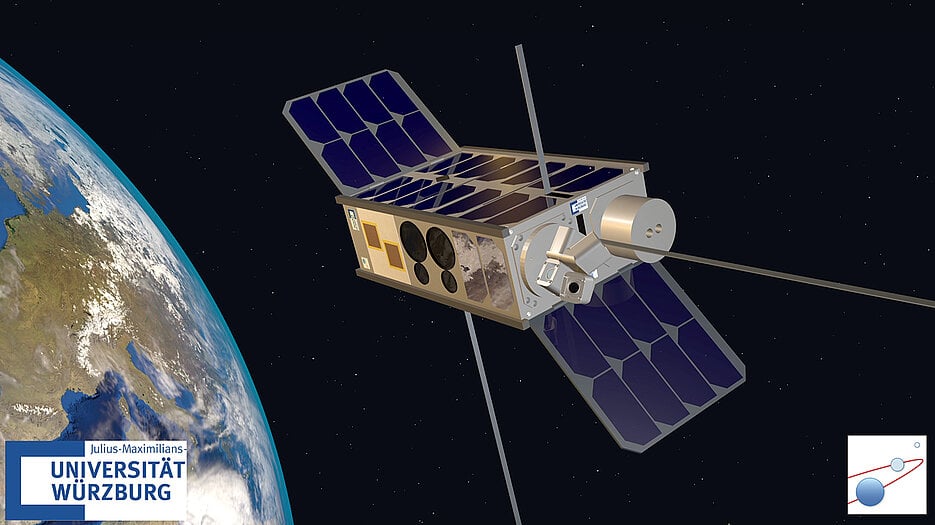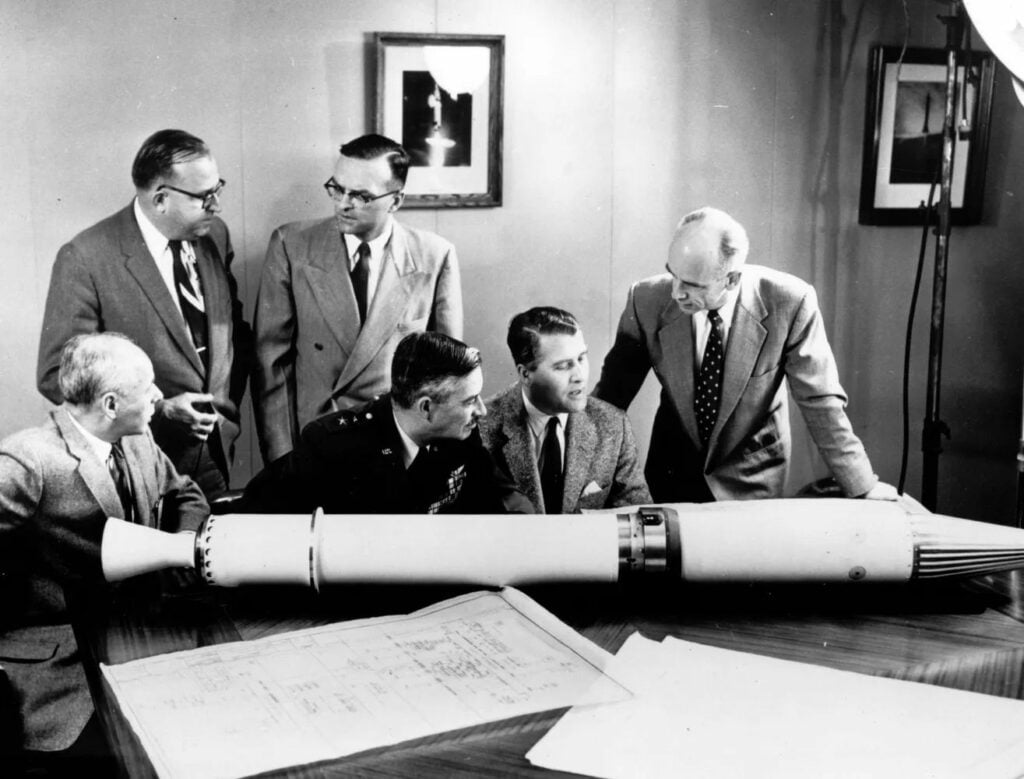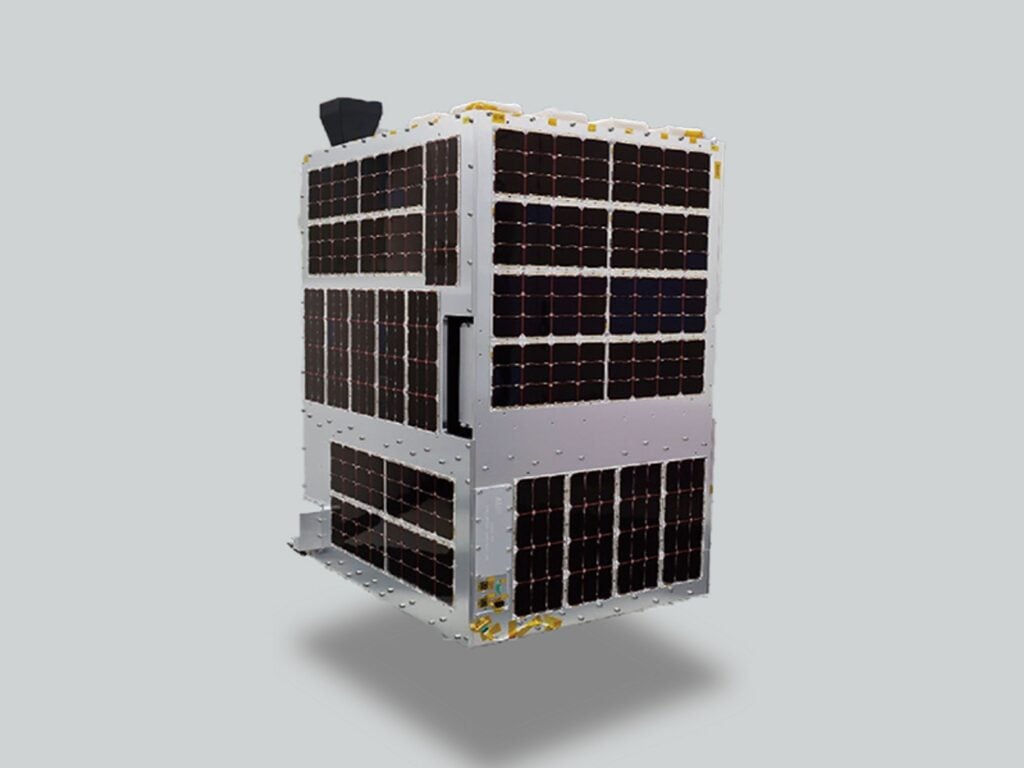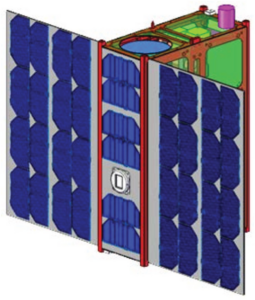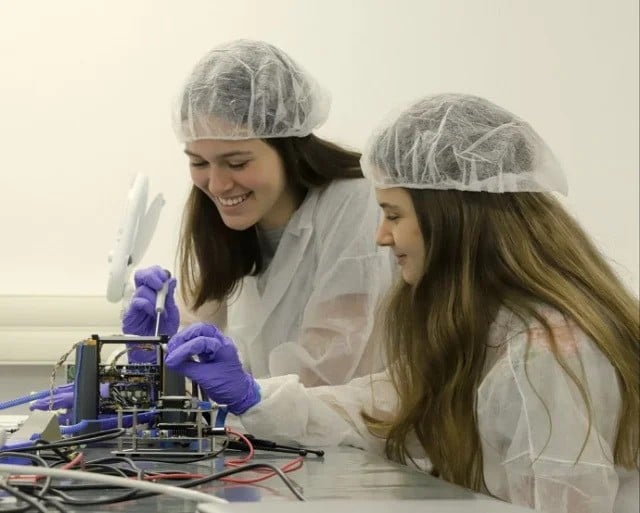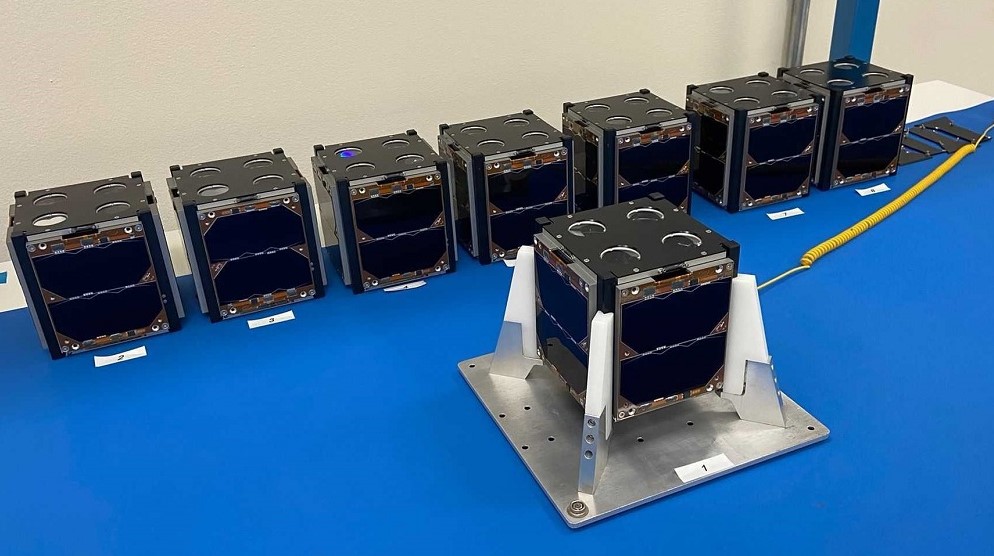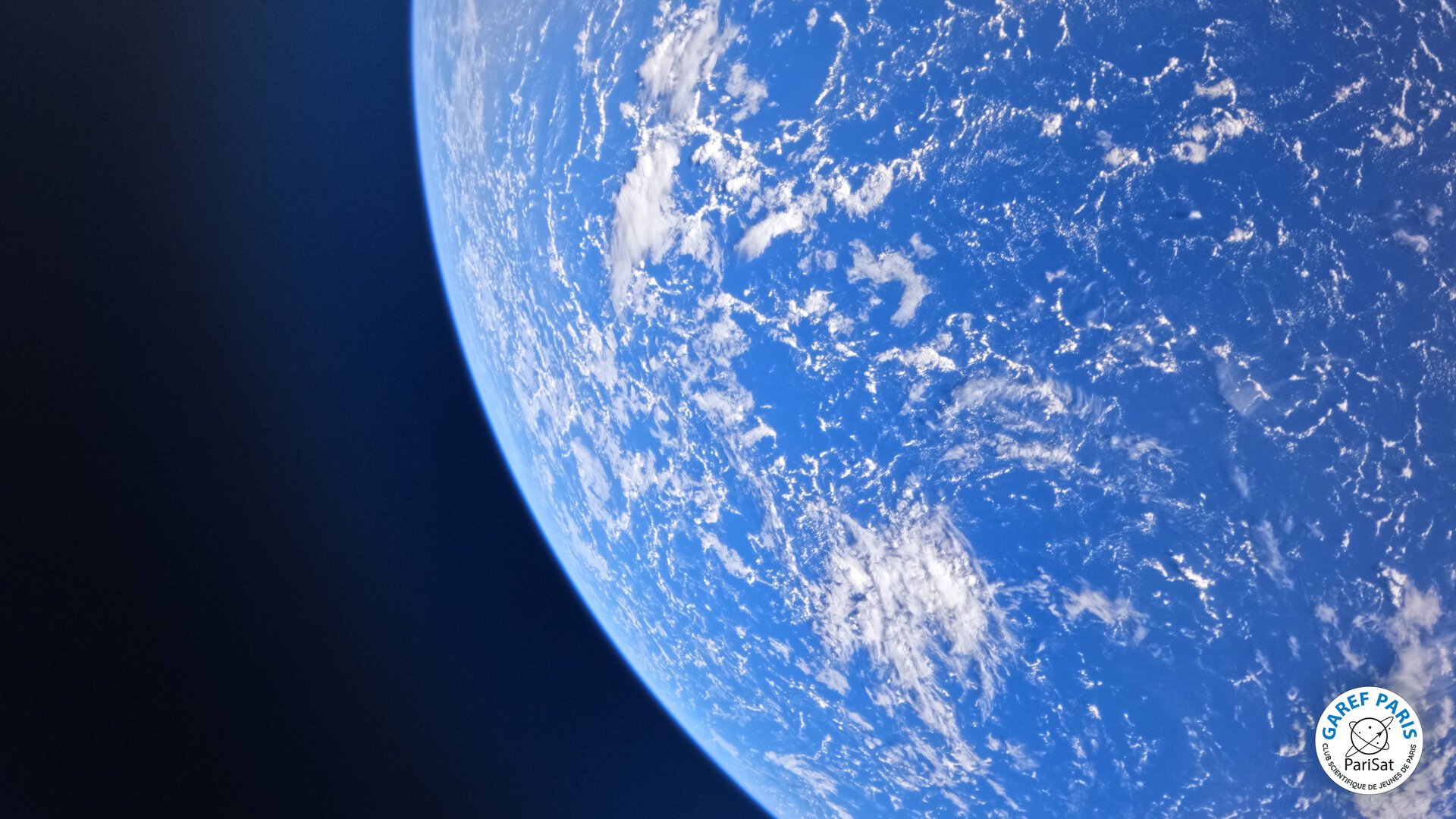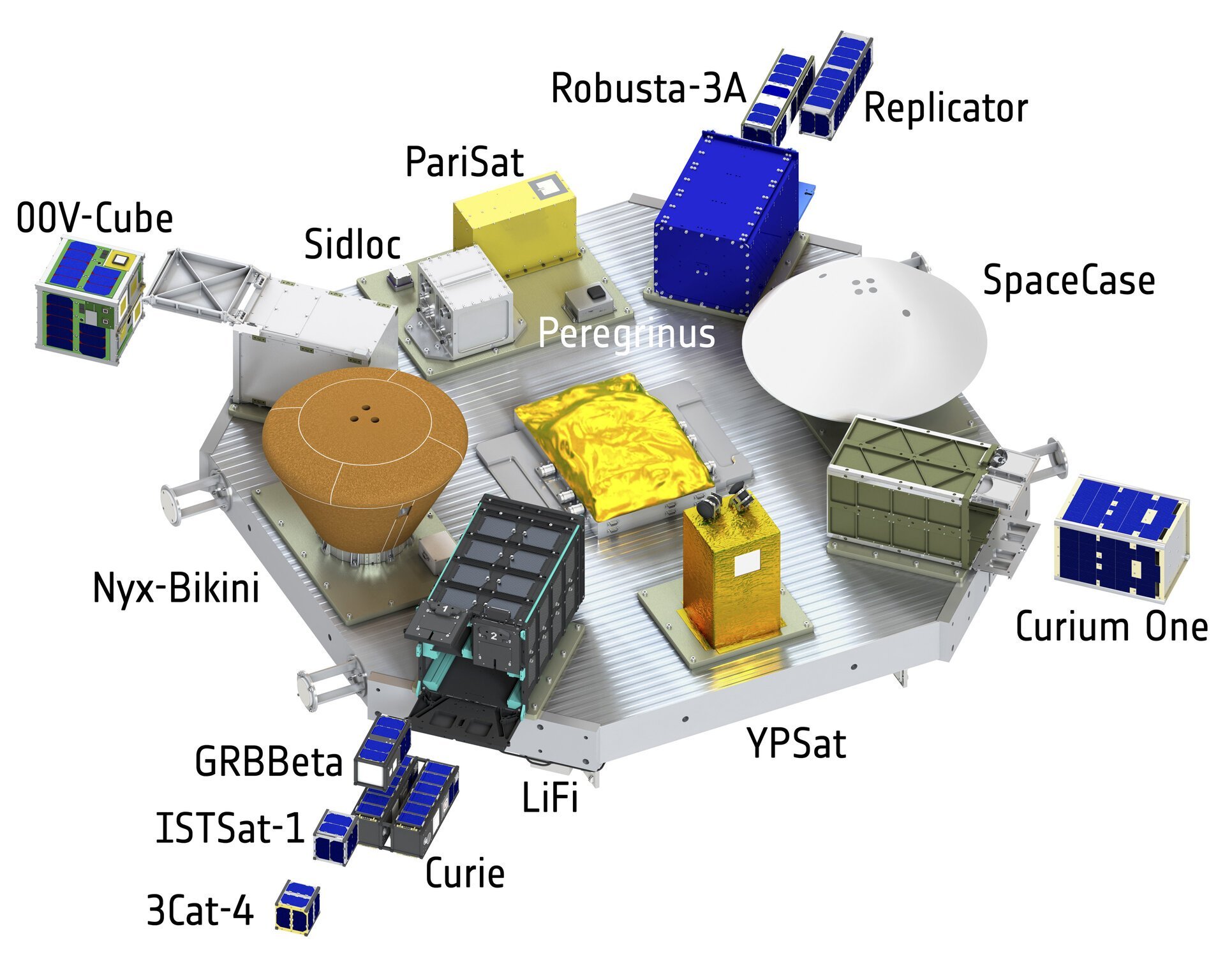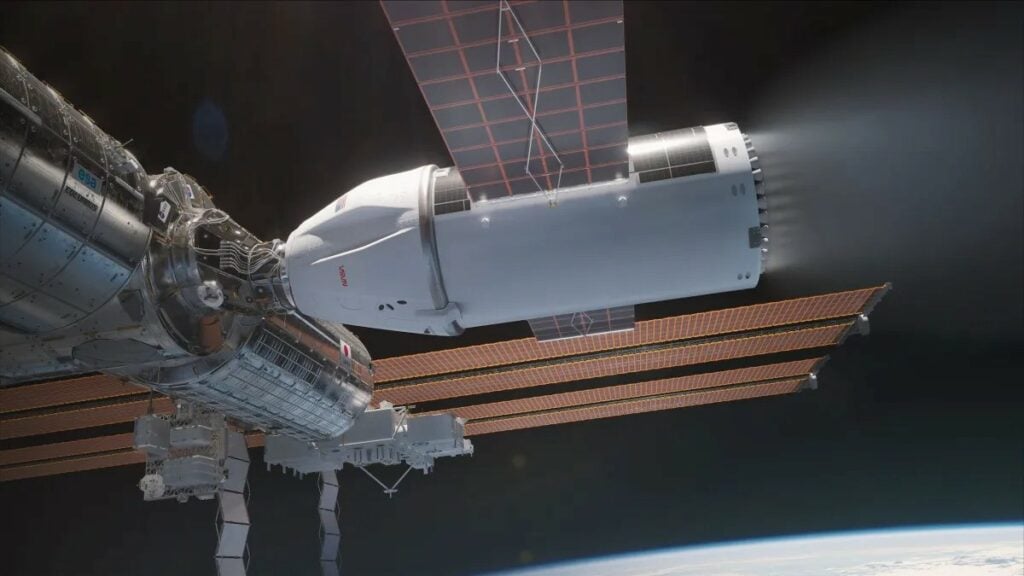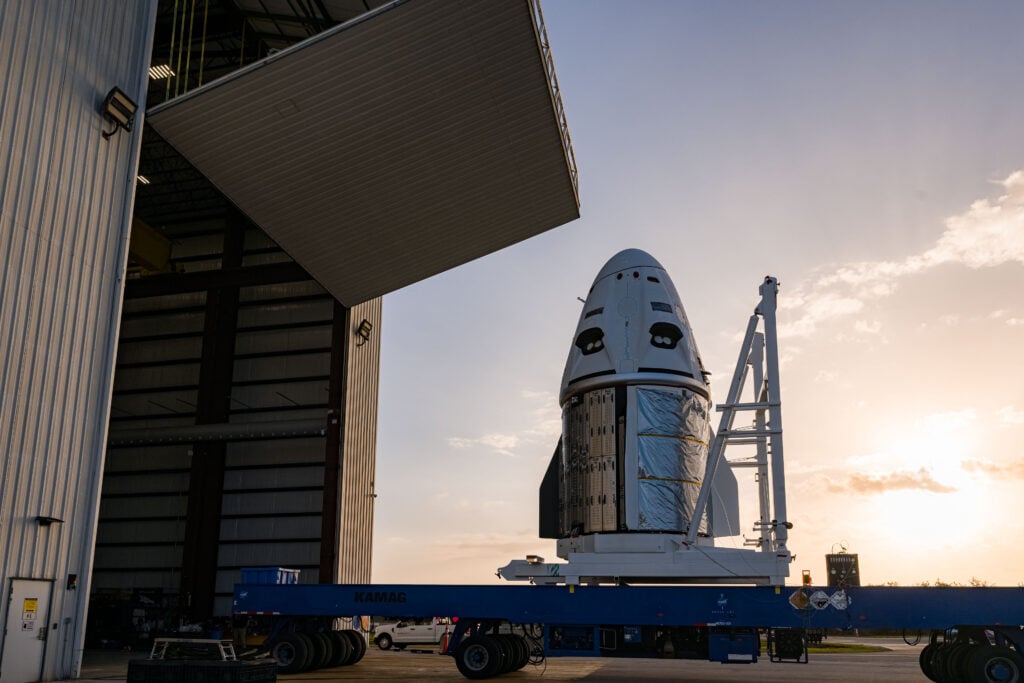ANS-273 AMSAT News Service Weekly Bulletins
In this edition:
* AMSAT-UK to Provide FUNcube Lite Payload for Jovian-1 Satellite
* AMSAT-EA HADES-R and HADES-ICM planned for Q1 2025
* NASA Gears Up for Europa Clipper Mission to Jupiter’s Icy Moon
* Artificial Star Mission Aims to Help Unlock Secrets of the Universe
* GridMasterMap Satellite Top 100 Rovers October 2024 Rankings
* Changes to AMSAT-NA TLE Distribution for September 27, 2024
* ARISS News
* Upcoming Satellite Operations
* AMSAT Ambassador Activities
* Satellite Shorts From All Over
The AMSAT News Service bulletins are a free, weekly news and information service of AMSAT, the Radio Amateur Satellite Corporation. ANS publishes news related to Amateur Radio in Space including reports on the activities of a worldwide group of Amateur Radio operators who share an active interest in designing, building, launching and communicating through analog and digital Amateur Radio satellites.
The news feed on https://www.amsat.org publishes news of Amateur Radio in Space as soon as our volunteers can post it.
Please send any amateur satellite news or reports to: ans-editor [at] amsat.org
You can sign up for free e-mail delivery of the AMSAT News Service Bulletins via the ANS List; to join this list see: https://mailman.amsat.org/postorius/lists/ans.amsat.org/
ANS-273 AMSAT News Service Weekly Bulletins
To: All RADIO AMATEURS
From: Radio Amateur Satellite Corporation
712 H Street NE, Suite 1653
Washington, DC 20002
DATE 2024 Sep 29
The 42nd Annual AMSAT Space Symposium and Annual General Meeting will be held on Friday through Saturday, October 25-26, 2024
DoubleTree by Hilton Tampa Rocky Point Waterfront in Tampa, Florida. Click Here to Register Now
Rooms can be reserved at https://www.hilton.com/en/attend-my-event/radioamateursatellite/
If you’re interested in presenting or submitting a paper, see the Call for Papers webpage
AMSAT-UK to Provide FUNcube Lite Payload for Jovian-1 Satellite
AMSAT-UK has announced it will provide a FUNcube Lite payload for the Jovian-1 satellite, featuring a U/V FM voice transponder. Jovian-1, a 6U CubeSat, is being developed by Space South Central, a space cluster in the UK. The project is a collaboration between industry and academic institutions aimed at supporting the region’s space sector.
Jovian-1 is part of the JUPITER program, which stands for Joint Universities Programme for In-Orbit Training, Education, and Research. The program involves the universities of Surrey, Portsmouth, and Southampton and offers students direct experience in the space sector. JUPITER prepares participants for careers in space, with a focus on practical training in satellite design and operations.
The FUNcube Lite payload will collect telemetry data from the satellite’s subsystems, including radiation sensor readings and GPS information. The data will be transmitted to schools and colleges using the FUNcube data format. This will help track radiation levels across the satellite’s orbit and assess radiation effects on onboard electronics.
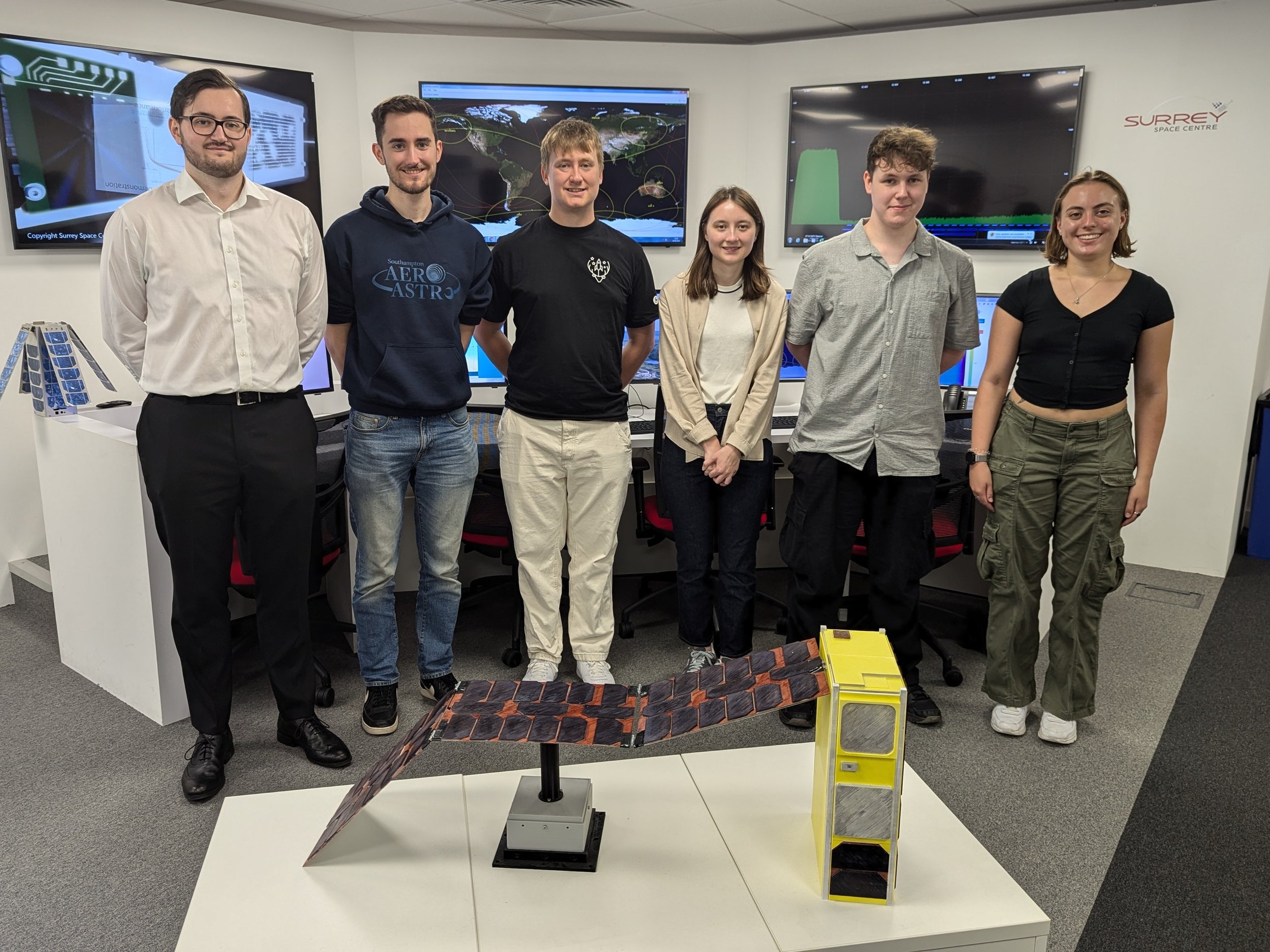
The project emphasizes the role of regional space clusters in advancing the UK space industry. Space South Central represents over 170 space-related businesses in the region. The mission allows students to conduct satellite operations from the University of Surrey’s ground station, bridging academic study with hands-on experience.
More information about the Jovian-1 mission and the FUNcube Lite payload will be shared at the AMSAT-UK Colloquium on October 12-13, 2024. The event will provide detailed updates on the satellite’s development and its technical components, offering insights for anyone interested in amateur radio and satellite communications.
For more information:
- Space South Central: spacesouthcentral.com
- University of Surrey: surrey.ac.uk
- University of Portsmouth: port.ac.uk
- University of Southampton: southampton.ac.uk
[ANS thanks Dave Johnson, G4DPZ, Honorary Secretary, AMSAT-UK , for the above information]
AMSAT-EA HADES-R and HADES-ICM planned for Q1 2025
AMSAT-EA has announced the upcoming launch of two new satellites, HADES-R and HADES-ICM, which will be made available to radio amateurs in early 2025. These satellites are set to replace the current HADES-D (SO-121) satellite in orbit. Unlike HADES-D, which transmits at a power level of 40mW, the new satellites will have variable transmission power, reaching up to theoretical 250mW when fully charged.
The HADES-R and HADES-ICM satellites, classified as 1.5p pocketQubes, will be launched by SpaceX on its Transporter-12 and Transporter-13 missions. The launches will utilize D-Orbit’s ION orbital transfer vehicle (OTV), with mission management provided by Alba Orbital, a Scottish company specializing in satellite launch solutions. As with previous AMSAT-EA projects, these satellites have been developed with the support of private companies and universities.
Both satellites will support a wide range of communications capabilities, including FM voice, FSK, FT-4, and FT-8 modes. They will also be equipped to handle AX.25/APRS communications at both 300 and 1200 bps. The uplink for the satellites will be in the VHF band, while the downlink will operate in the UHF band. Additionally, the satellites will transmit telemetry data, including status updates, voice messages, and CW messages. All communications will be managed through an SDR-based FM and FSK repeater, which will be available at all times, activated by squelch level without the need for a subtone.
In addition to their primary communications functions, both satellites will carry a scientific experiment from the Smart IR/Graphene Engineering Innovation Centre (GEIC) at the University of Manchester. This experiment will test a very low-power active radiator under space conditions. HADES-ICM has received sponsorship from IcMercury (Interstellar Communication Holdings), based in Florida, and will feature several challenge messages embedded within the FSK telemetry. While the HADES-R satellite has already been coordinated by the International Amateur Radio Union (IARU), HADES-ICM is still pending approval.
[ANS thanks Félix Páez, EA4GQS, President / Mission Manager, AMSAT-EA, for the above information]
NASA Gears Up for Europa Clipper Mission to Jupiter’s Icy Moon
NASA is set to launch the Europa Clipper mission, a groundbreaking effort to explore Jupiter’s icy moon, Europa. Slated for liftoff as early as October 10, 2024, the spacecraft will be carried into space by a SpaceX Falcon Heavy rocket from Kennedy Space Center in Florida. The mission aims to uncover the mysteries of Europa’s hidden ocean and assess whether the moon could host conditions favorable for life.
Europa Clipper’s journey will take six years to reach the Jupiter system. Once there, it will enter an orbit around Jupiter, performing dozens of flybys of Europa. The spacecraft’s suite of instruments will probe beneath the moon’s icy shell to study its subsurface ocean. By mapping the moon and investigating its potential habitability, NASA hopes to shed light on one of the most intriguing questions in planetary science: whether life could exist on other worlds.
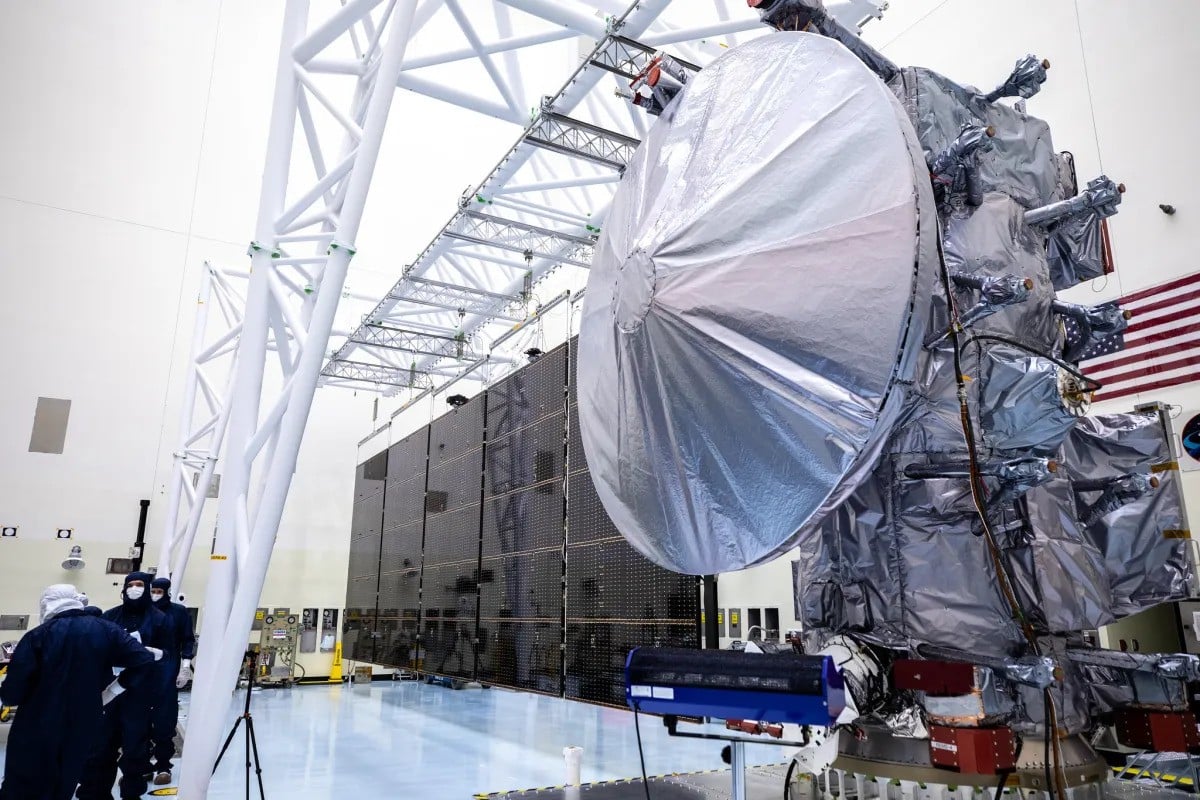
To reach Jupiter, Europa Clipper will rely on two gravity assists. In 2025, it will pass within 1,000 kilometers of Mars to adjust its trajectory, followed by a close flyby of Earth in 2026. These maneuvers will boost the spacecraft’s speed and guide it toward the Jupiter system, where it is expected to arrive in 2030. Instead of orbiting Europa directly, the spacecraft will remain in orbit around Jupiter, occasionally dipping into the planet’s intense radiation field for close encounters with Europa.
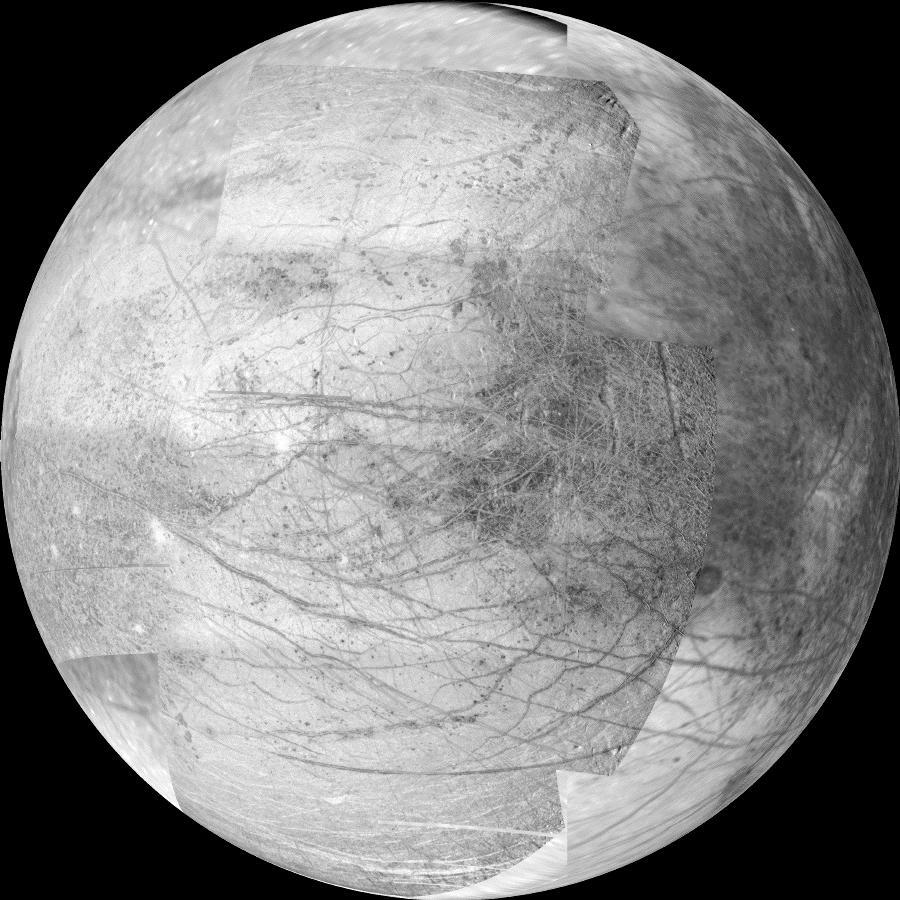
The spacecraft’s science instruments include ice-penetrating radar to map Europa’s icy shell and magnetic sensors to confirm the presence of its ocean. High-resolution cameras and spectrometers will analyze the moon’s surface and search for water vapor plumes that may erupt from below. Although Europa Clipper is not officially a life-detection mission, it promises to transform our understanding of habitability beyond Earth.
[ANS thanks Kate Howells, The Planetary Society, for the above information]
The 2024 AMSAT President’s Club coins are here now!
Help Support GOLF and Fox Plus
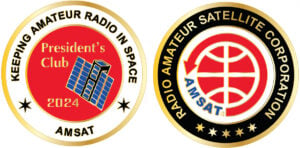 Join the AMSAT President’s Club today and help
Join the AMSAT President’s Club today and help
Keep Amateur Radio in Space!
https://www.amsat.org/join-the-amsat-presidents-club/
Artificial Star Mission Aims to Help Unlock Secrets of the Universe
NASA is embarking on an ambitious mission that could reshape our understanding of the universe with the help of a small, human-made satellite. Researchers at George Mason University are leading a $19.5 million NASA-funded project to launch an “artificial star” into space. The goal of this satellite, once it reaches orbit, is to appear as a star to telescopes on Earth, allowing scientists to gather more precise data on stellar brightness. The mission could unlock critical insights into the age, size, and scale of stars, offering fresh clues about the expansion of the universe and even the potential for extraterrestrial life.
The so-called artificial star will be positioned in geostationary orbit, approximately 22,236 miles from Earth. While it won’t be visible to the naked eye, telescopes will be able to track the satellite as it moves at the same speed as Earth’s rotation, staying positioned over the U.S. Named in honor of the late astronomer Arlo Landolt, known for his work in stellar calibration, the satellite will spend its first year in space using advanced technology to monitor the brightness of millions of stars. This will allow astronomers to refine existing models for measuring stellar evolution and the universe’s expansion.
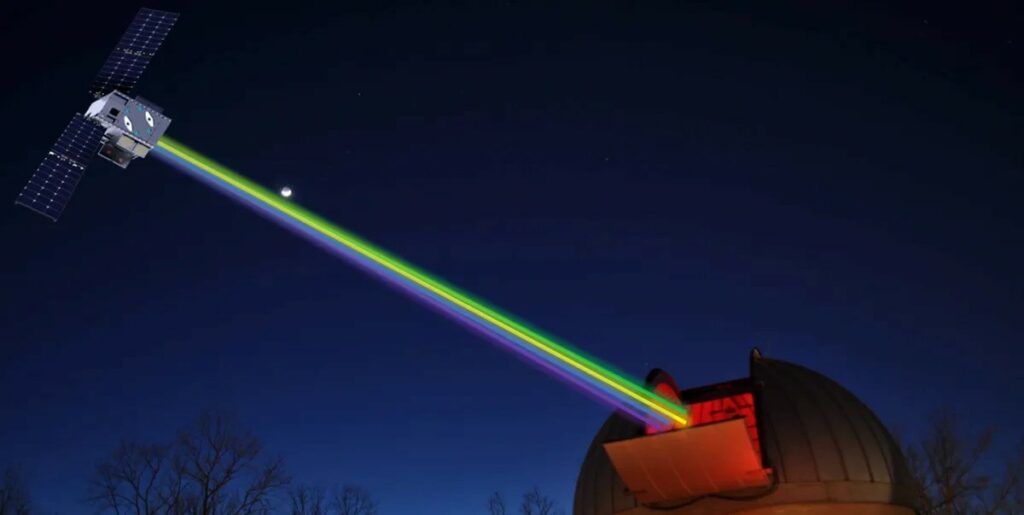
The mission, part of NASA’s Pioneers program, marks a significant milestone for George Mason University. This is the university’s first time leading such a mission, with NASA providing oversight and key technical support. George Mason is collaborating with the National Institute of Standards and Technology and 10 other universities to develop the satellite, which will face significant engineering challenges in high orbit. “Our team will design, build, and integrate the payload,” said Peter Pachowicz, an engineering professor at George Mason. “It’s an incredibly exciting opportunity.”
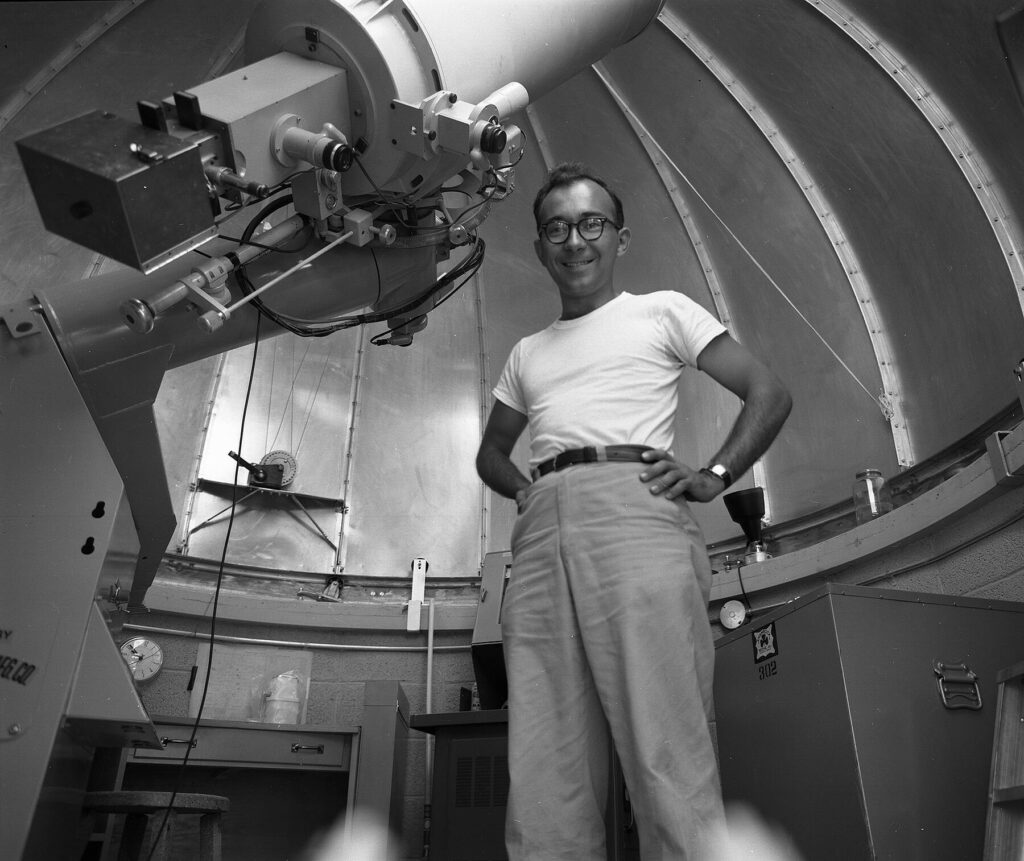
While the mission has the potential to revolutionize the field of astronomy, it also poses big challenges. Finding definitive evidence of life beyond Earth requires precise measurements of stellar properties, such as how much energy a star emits and how close a planet is to that star. “There are so many big questions in astronomy: How did we get here? Are there other planets like ours? Do aliens exist?” said Jamie Tayar, an astronomer at the University of Florida, a partner in the mission. With the launch of the artificial star planned for 2029, the team hopes to get one step closer to answering these profound questions.
[ANS thanks Eric Lagatta, USA Today, for the above information]
GridMasterMap Satellite Top 100 Rovers October 2024 Rankings
The October 2024 rankings for the Top 100 Rovers (Mixed LEO/MEO/GEO) in satellite operations, as determined by @GridMasterMap on Twitter, has been released. The ranking is determined by the number of grids and DXCC entities activated, taking into account only those grids where a minimum number of QSOs logged on the gridmaster.fr website have been validated by a third party. Grid numbers do not directly reflect the exact number of activations. Satellite operators are encouraged to upload their LoTW satellite contacts to https://gridmaster.fr in order to provide more accurate data.
Updated: 2024-09-27
| 1 | ND9M | 26 | KX9X | 51 | N6DNM | 76 | LU4JVE |
| 2 | NJ7H | 27 | ON4AUC | 52 | JK2XXK | 77 | AA8CH |
| 3 | JA9KRO | 28 | KG5CCI | 53 | EB1AO | 78 | VE1VOX |
| 4 | UT1FG | 29 | N5BO | 54 | SM3NRY | 79 | FG8OJ |
| 5 | N5UC | 30 | K8BL | 55 | EA4NF | 80 | PT9BM |
| 6 | DL6AP | 31 | KE4AL | 56 | JL3RNZ | 81 | KJ7NDY |
| 7 | OE3SEU | 32 | KB5FHK | 57 | XE1ET | 82 | KI7UXT |
| 8 | WI7P | 33 | VE3HLS | 58 | AA5PK | 83 | YU0W |
| 9 | DP0POL | 34 | KI0KB | 59 | DF2ET | 84 | KB2YSI |
| 10 | K5ZM | 35 | KI7UNJ | 60 | KI7QEK | 85 | N6UTC |
| 11 | N6UA | 36 | LA9XGA | 61 | SP5XSD | 86 | WA9JBQ |
| 12 | HA3FOK | 37 | F4BKV | 62 | F4DXV | 87 | N4DCW |
| 13 | WY7AA | 38 | PA3GAN | 63 | AD7DB | 88 | JM1CAX |
| 14 | N9IP | 39 | JO2ASQ | 64 | VE1CWJ | 89 | VE3GOP |
| 15 | W5PFG | 40 | N7AGF | 65 | KE9AJ | 90 | N0TEL |
| 16 | AK8CW | 41 | BA1PK | 66 | N8RO | 91 | KG4AKV |
| 17 | DL2GRC | 42 | VK5DG | 67 | VA7LM | 92 | K6VHF |
| 18 | AD0DX | 43 | XE3DX | 68 | KM4LAO | 93 | K0FFY |
| 19 | F5VMJ | 44 | KE0WPA | 69 | W1AW | 94 | CU2ZG |
| 20 | N4AKV | 45 | PR8KW | 70 | W8LR | 95 | VE7PTN |
| 21 | WD9EWK | 46 | K7TAB | 71 | N4UFO | 96 | AF5CC |
| 22 | ND0C | 47 | KE0PBR | 72 | DL4EA | 97 | VE6WK |
| 23 | AD0HJ | 48 | VA3VGR | 73 | HB9GWJ | 98 | W8MTB |
| 24 | LU5ILA | 49 | AC0RA | 74 | PT2AP | 99 | DK9JC |
| 25 | DJ8MS | 50 | W7WGC | 75 | M1DDD | 100 | BG7QIW |
[ANS thanks @GridMasterMap for the above information]
Need new satellite antennas?
Purchase an M2 LEO-Pack from the AMSAT Store! When you purchase through AMSAT, a portion of the proceeds goes towards
When you purchase through AMSAT, a portion of the proceeds goes towards
Keeping Amateur Radio in Space.
https://amsat.org/product-category/hardware/
Changes to AMSAT-NA TLE Distribution for September 27, 2024
Two Line Elements or TLEs, often referred to as Keplerian elements or keps in the amateur community, are the inputs to the SGP4 standard mathematical model of spacecraft orbits used by most amateur tracking programs. Weekly updates are completely adequate for most amateur satellites. TLE bulletin files are updated daily in the first hour of the UTC day. New bulletin files will be posted immediately after reliable elements become available for new amateur satellites. More information may be found at https://www.amsat.org/keplerian-elements-resources/.
This week there are no additions or deletions to the AMSAT TLE distribution.
[ANS thanks AMSAT Orbital Elements page for the above information]
ARISS NEWS
Amateurs and others around the world may listen in on contacts between amateurs operating in schools and allowing students to interact with astronauts and cosmonauts aboard the International Space Station. The downlink frequency on which to listen is 145.800 MHz worldwide.
+ Recently Completed Contacts
Amur State University, Blagoveshchensk, Russia, direct via RKØJ
The ISS callsign was RSØISS
The scheduled crewmember was Ivan Vagner
The ARISS mentor is RV3DR
Contact was successful for: Tue 2024-09-24 09:24 UTC
Tatarstan, Russia, direct via TBD
The ISS callsign was RSØISS
The scheduled crewmember was Aleksey Ovchinin
The ARISS mentor is RV3DR
Contact is successful for: Fri 2024-09-27 13:20 UTC
Khazar University, Dunya School, Baku, Azerbaijan, direct via 4K6EH
The ISS callsign was OR4ISS
The scheduled crewmember was Sunita Williams KD5PLB
The ARISS mentor is IN3GHZ
Contact was successful for: Sat 2024-09-28 09:13:29 UTC
+ Upcoming Contacts
СОНКО АНО “Clean and Simple” and the Cultural and Leisure Center “Flying Saucer”, Shchyolkovo, Russia, direct via TBD
The ISS callsign is presently scheduled to be RSØISS
The scheduled crewmember is Alexander Gorbunov
The ARISS mentor is RV3DR
Contact is go for Fri 2024-10-04 10:50 UTC
Girlguiding Surrey West County, Shepperton, UK, direct via GB4GGB
The ISS callsign is presently scheduled to be NA1SS
The scheduled crewmember is Sunita Williams KD5PLB
The ARISS mentor is MØXTD
Contact is go for: Sat 2024-10-05 13:06:22 UTC
Watch for Livestream at https://live.ariss.org/
Centre de Formation de la Base Aérienne de Payerne, Payerne, Switzerland, direct via HB9SPACE
The ISS callsign is presently scheduled to be OR4ISS
The scheduled crewmember is Mike Barratt KD5MIJ
The ARISS mentor is IN3GHZ
Contact is go for: Sat 2024-10-05 14:44:48 UTC
213 RCSCC Qu’Appelle (Royal Canadian Sea Cadet Corp), Winnipeg, Manitoba, Canada, telebridge via K6DUE
The ISS callsign is presently scheduled to be NA1SS
The scheduled crewmember is Jeanette Epps KF5QNU
The ARISS mentor is VE6JBJ
Contact is go for: 2024-10-05 16:06:05 UTC
The crossband repeater continues to be active (145.990 MHz up {PL 67} & 437.800 MHz down). If any crewmember is so inclined, all they have to do is pick up the microphone, raise the volume up, and talk on the crossband repeater. So give a listen, you just never know.
The packet system is also active (145.825 MHz up & down). APRS is currently online, but may be impacted for an experiment in the Service Module after September 27th.
As always, if there is an EVA, a docking, or an undocking; the ARISS radios are turned off as part of the safety protocol.
Note, all times are approximate. It is recommended that you do your own orbital prediction or start listening about 10 minutes before the listed time.
The latest information on the operation mode can be found at https://www.ariss.org/current-status-of-iss-stations.html
The latest list of frequencies in use can be found at https://www.ariss.org/contact-the-iss.html
[ANS thanks Charlie Sufana, AJ9N, one of the ARISS operation team mentors for the above information]
Upcoming Satellite Operations
None currently listed.
A growing number of satellite rovers are currently engaged in sharing their grid square activations on https://hams.at. By visiting the website, you gain easy access to comprehensive information about the operators responsible for activating specific grid squares. Additionally, you have the ability to assess the match score between yourself and a particular rover for a given pass, while also being able to identify the upcoming satellite passes that are accessible from your location.
[ANS thanks Ian Parsons, K5ZM, AMSAT rover page manager, for the above information]
AMSAT Ambassador Activities
AMSAT Ambassadors provide presentations, demonstrate communicating through amateur satellites, and host information tables at club meetings, hamfests, conventions, maker faires, and other events.
AMSAT Ambassador Clint Bradford, K6LCS, says,
Just completed presenting my satellite show to the Sandton Amateur Radio Club in South Africa – via Zoom. And what a marvelous group they are! Keith ZS6HI was my contact. Great questions throughout from the Zoom audience. From Keith: “Thank you very much Clint and Karen. Wonderful presentation. You did a lot of research and preparation to put a South African spin on the presentation and spent effort on learning about the SARL, Sandton Club and South African Amateur Radio community beforehand.” “SARL” is South Africa’s “ARRL.” And there is an active AMSAT Chapter there, too!
That was Presentation Number 175 … more are scheduled! Think a lively, informative, and fun presentation on working the “easy” satellites with minimal equipment would be appropriate for your club or convention?
Clint Bradford K6LCS
AMSAT Ambassador
ARRL Affiliated Club Coordinator, benefactor
work-sat.com
909-999-SATS (909-999-7287)
North Star Radio Convention – October 5th, 2024
Hennepin Technical College (North Campus)
9000 Brooklyn Boulevard
Brooklyn Park, MN 55445
https://conv2023.tcfmc.org/
AMSAT Forum and Information Table / KØJM and ADØHJ
Central Kentucky Hamfest – October 5th, 2024
Highlands Baptist Church
2032 Parallel Road
Lexington, KY 40502
https://www.facebook.com/w9khz/
AMSAT and Educational Satellites Forum and Information Table / AI4SR and W4FCL
Radio Society of Tucson – October 5th, 2024
Calvary Tucson Church
8711 East Speedway Boulevard
Tucson AZ 85710
https://k7rst.club/2024/07/tucson-autumn-ham-fest-2024/
N1UW
Pacificon 2024, ARRL Pacific Division Conference – October 18th thru 20th, 2024
San Ramon Marriott
2600 Bishop Drive
San Ramon, CA 94583
https://www.pacificon.org/
WU0I
2024 AMSAT Space Symposium and Annual General Meeting – October 25th thru 27th, 2024
Doubletree by Hilton Tampa Rocky Point Waterfront
3050 N Rocky Point Drive West
Tampa, FL 33607
https://www.amsat.org/
Stone Mountain Hamfest, ARRL State Convention – November 2nd and 3rd, 2024
Gwinnett County Fairgrounds
2405 Sugarloaf Parkway
Lawrenceville, GA 30042
https://stonemountainhamfest.com/
K4RGK
Oro Valley Amateur Radio Club – November 9th, 2024
Marana Middle School
11285 West Grier Road
Marana, AZ 85653
https://www.tucsonhamradio.org/copy-of-hamfest-2022
N1UW
Yuma HAMCON – February 20th thru 22nd, 2025
Yuma, AZ
N1UW
[ANS thanks Bo Lowrey, W4FCL, Director – AMSAT Ambassador Program, for the above information]
Want to fly the colors on your own grid expedition?
Get an AMSAT car flag and other neat stuff from our Zazzle store!
25% of the purchase price of each product goes towards Keeping Amateur Radio in Space
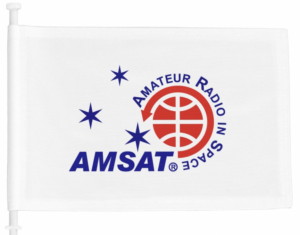 Keeping Amateur Radio in Space
Keeping Amateur Radio in Space
https://www.zazzle.com/amsat_gear
Satellite Shorts From All Over
+ Congratulations are in order for Jerry Oliver, KJ4EU for his impressive accomplishments in earning GridMaster Award #70! This esteemed recognition, initiated by Star Comm Group in 2014 and backed by Damon Runion, WA4HFN, and Rick Tillman, WA4NVM, has now been entrusted to AMSAT for the benefit of the entire amateur satellite community. The GridMaster Award celebrates radio amateurs worldwide who achieve two-way communication via amateur satellite with operators in all 488 Maidenhead grids across the contiguous United States of America. For more details on this distinguished award, visit the AMSAT website at https://www.amsat.org/gridmaster/. Jerry, your achievement is truly commendable—well done! (ANS thanks Bruce Paige, KK5DO, AMSAT Director of Contests and Awards for the above information)
+ Congratulations to Nina Riethmueller, DL2GRC, for her outstanding achievements in providing satellite contacts! Nina has roved an impressive 102 grid squares, earning her the AMSAT VUCC/r Award #18. The Reverse VUCC or VUCC/r Award, originally introduced by the Central States VHF Society and now carried on by AMSAT, recognizes the dedication of satellite rovers like Nina. For more information about this prestigious award, you can visit the AMSAT website at https://www.amsat.org/
+ NASA’s Voyager 1 spacecraft, which has been in space since 1977, recently experienced issues with its thrusters due to clogged fuel tubes caused by aging. The thrusters, which are essential for keeping the spacecraft pointed toward Earth, use liquid hydrazine that releases in puffs to adjust its orientation. Engineers discovered that one set of thrusters had become clogged with silicon dioxide from the spacecraft’s fuel tank, necessitating a switch to a different set. However, due to power and temperature constraints, turning on the replacement thrusters required careful planning. The team successfully activated non-essential heaters to warm up the thrusters, making the switch on August 27, 2024. This complex operation ensures Voyager 1 can continue its mission, providing valuable data from interstellar space despite its advanced age and limited power. (ANS thanks NASA Jet Propulsion Laboratory for the above information)
+ The International Amateur Radio Union (IARU) recently reached a milestone, processing its 1,000th satellite frequency coordination request. This achievement underscores the IARU’s essential role in managing radio frequencies for amateur satellites, ensuring optimal performance and minimal interference with terrestrial services. Since the late 1990s, the IARU’s Satellite Frequency Coordination Panel has collaborated with satellite developers and regulators to facilitate successful amateur communication and educational satellite missions. The rise of CubeSats and the drop in launch costs have increased the demand for careful spectrum management. The dedication of IARU volunteers and the global amateur radio community has made this possible, ensuring continued opportunities for education, communication, and scientific research. As Earth’s orbit becomes more crowded, the IARU’s work in frequency coordination will remain critical for future missions. (ANS thanks IARU for the above information)
+ NASA astronaut Tracy C. Dyson, along with Roscosmos cosmonauts Oleg Kononenko and Nikolai Chub, successfully returned to Earth on September 23, after landing in Kazakhstan aboard the Soyuz MS-25 spacecraft. Dyson spent 184 days aboard the International Space Station (ISS) as part of Expeditions 70 and 71, completing 2,944 orbits and covering 78 million miles. Chub and Kononenko, who spent 374 days in space, returned after an extensive mission spanning 5,984 orbits and 158.6 million miles. Notably, Kononenko set a record with over 1,111 cumulative days in space across five missions. The crew undocked from the ISS’s Prichal module before their parachute-assisted landing southeast of Dzhezkazgan, Kazakhstan. Following their recovery, Dyson returned to Houston, while Kononenko and Chub headed to Star City, Russia, for post-mission procedures. (ANS thanks SciTechDaily for the above information)
+ SpaceX is preparing for a historic test flight of its Starship megarocket, aiming to catch its Super Heavy booster using the “chopstick” arms of the launch tower. This innovative recovery method, practiced at the Starbase site in South Texas, could dramatically reduce refurbishment times compared to traditional landing methods. The company recently showcased these preparations, lifting the booster to its expected catch height. Starship’s fifth test flight, slated for late November 2024, follows previous launches where performance has steadily improved. Despite SpaceX’s readiness, regulatory delays from the FAA have pushed the launch timeline. SpaceX has expressed frustration with the regulatory process, citing concerns about the pace of environmental impact reviews and modifications assessments. (ANS thanks Space.com for the above information)
Join AMSAT today at https://launch.amsat.org/
In addition to regular membership, AMSAT offers membership to:
* Societies (a recognized group, clubs or organization).
* Primary and secondary school students are eligible for membership at one-half the standard yearly rate.
* Post-secondary school students enrolled in at least half-time status shall be eligible for the student rate for a maximum of 6 post-secondary years in this status.
* Memberships are available for annual and lifetime terms.
Contact info [at] amsat.org for additional membership information.
73 and remember to help Keep Amateur Radio in Space!
This week’s ANS Editor, Mitch Ahrenstorff, ADØHJ
mahrenstorff [at] amsat.org




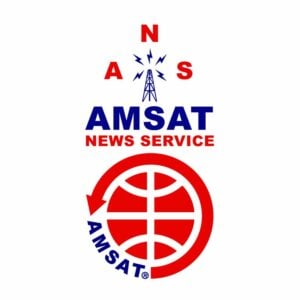
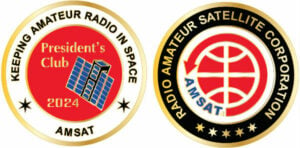
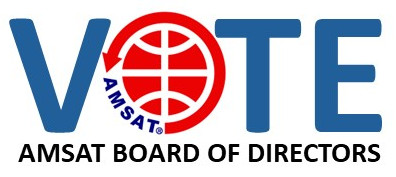
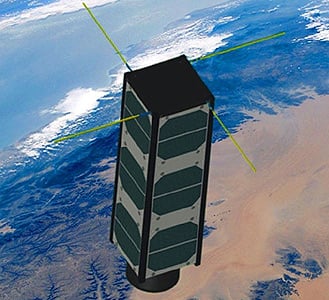


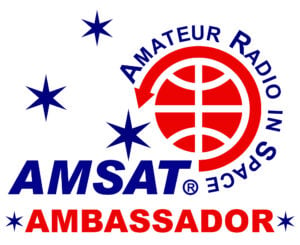





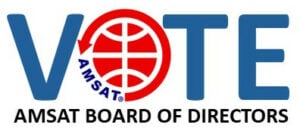
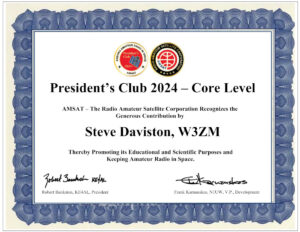
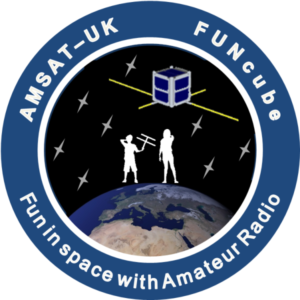
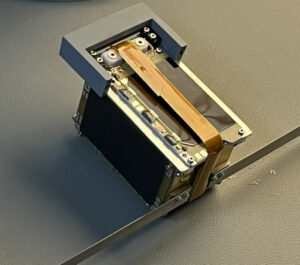
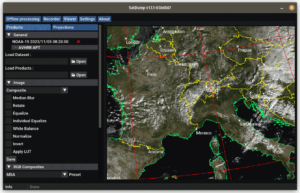
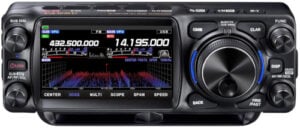


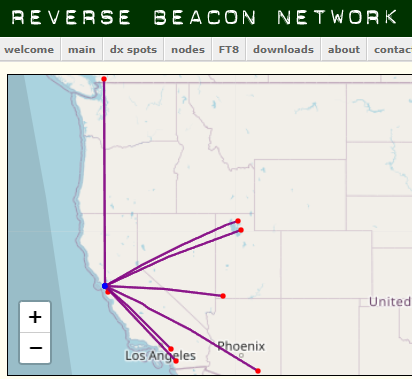





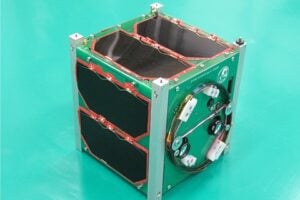 Image by Cosmo Girls Amateur Radio Club
Image by Cosmo Girls Amateur Radio Club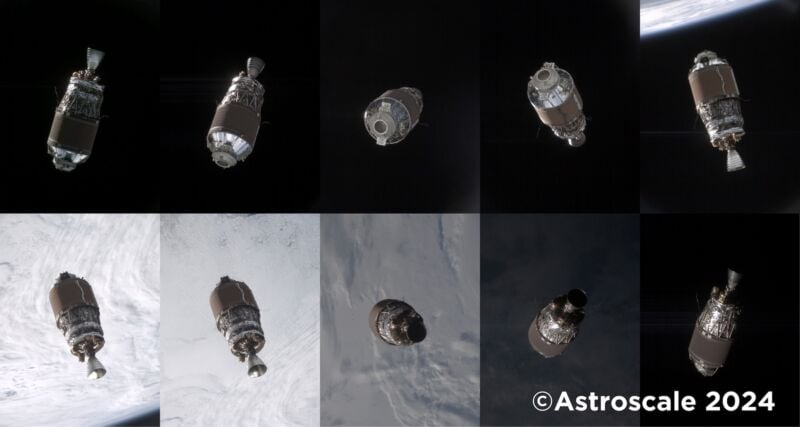 Astroscale’s ADRAS-J spacecraft captured these views of the H-IIA rocket upper stage on July 15. [Credit: Astroscale]
Astroscale’s ADRAS-J spacecraft captured these views of the H-IIA rocket upper stage on July 15. [Credit: Astroscale]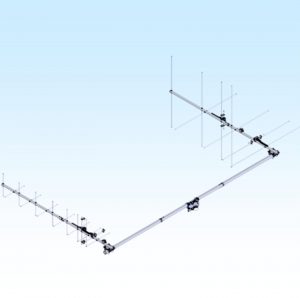
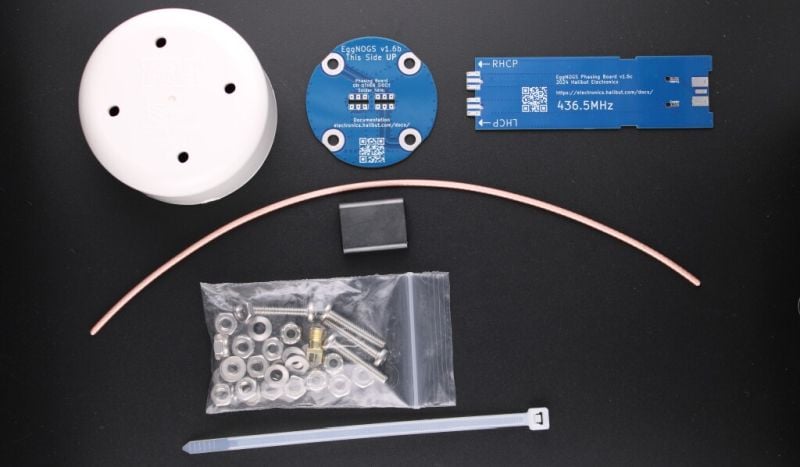 The parts kit. [Credit: Halibut Electronics]
The parts kit. [Credit: Halibut Electronics]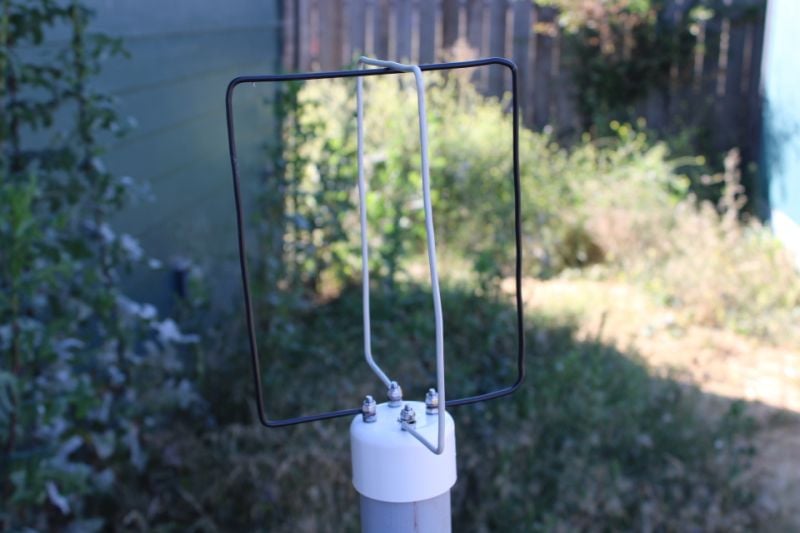 Antenna closeup [Credit: Halibut Electronics]
Antenna closeup [Credit: Halibut Electronics]
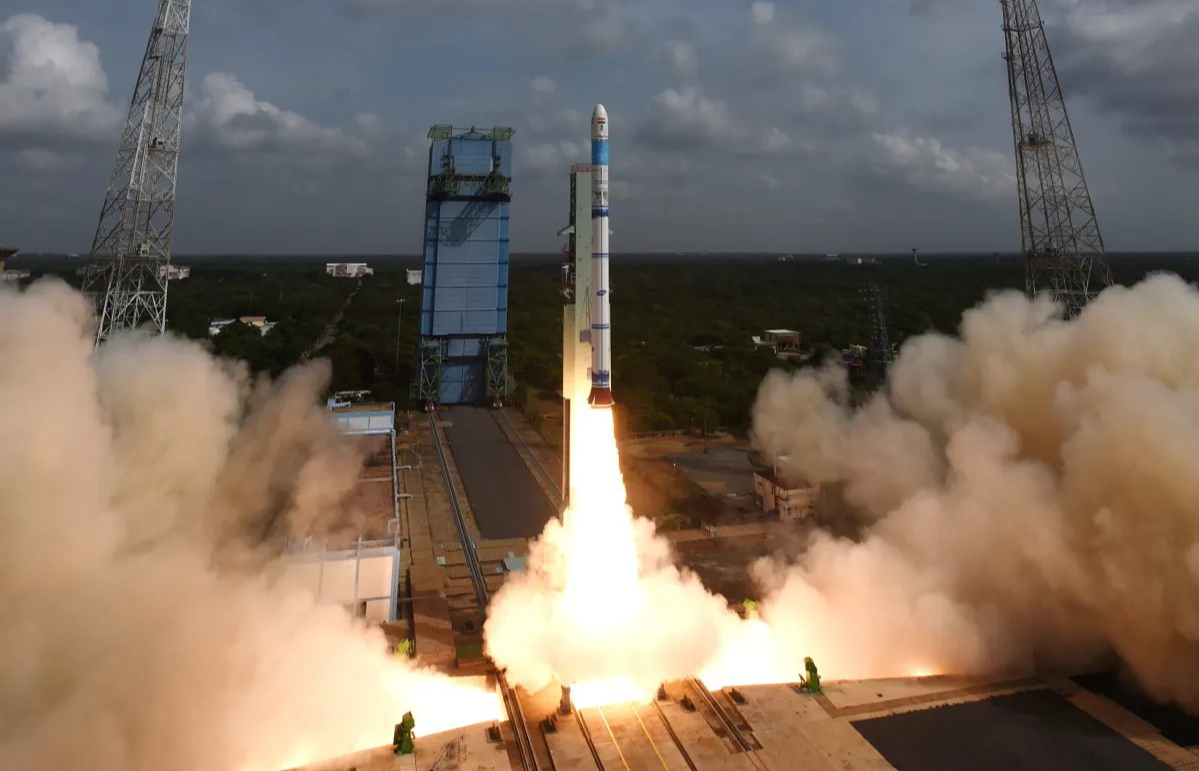
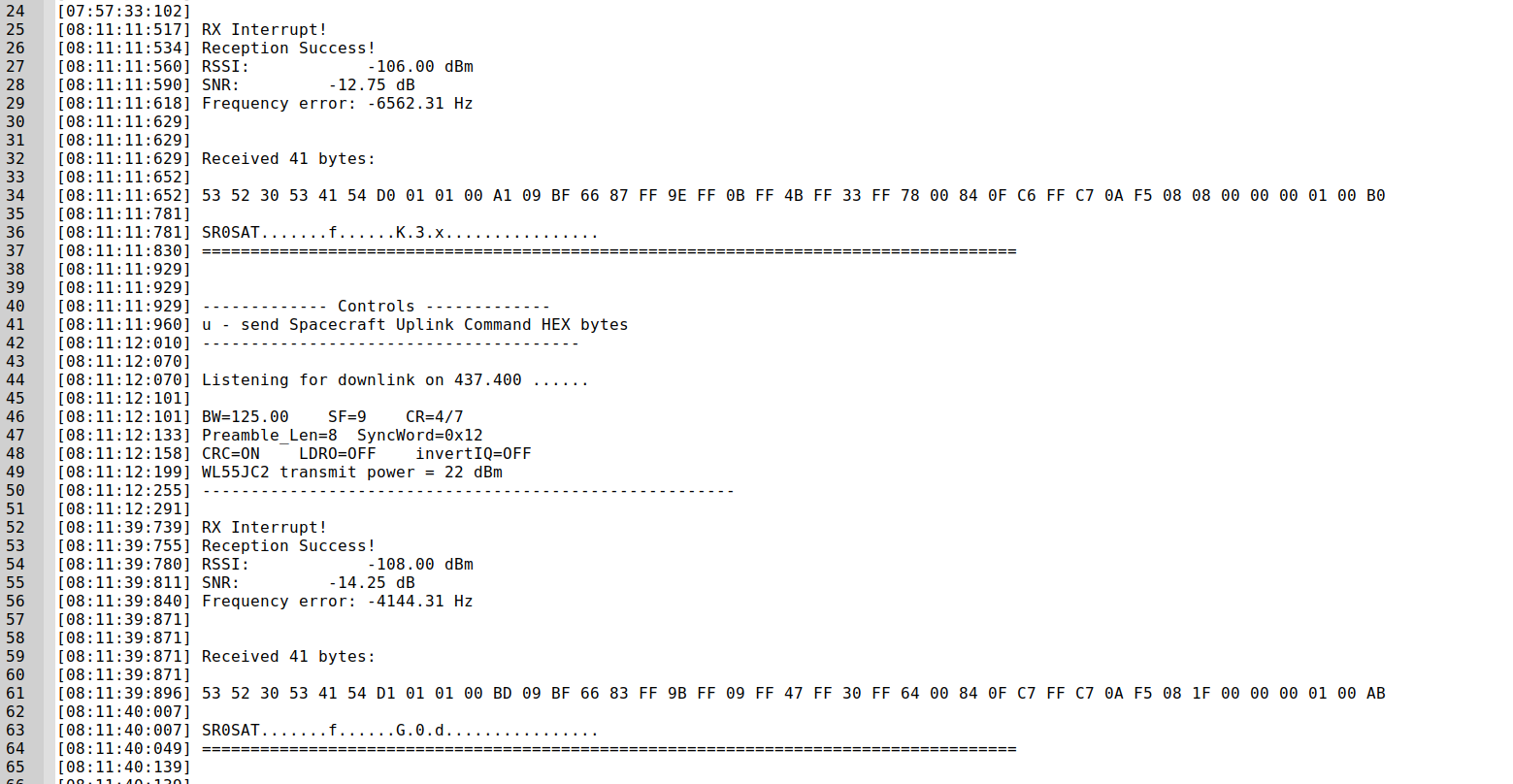
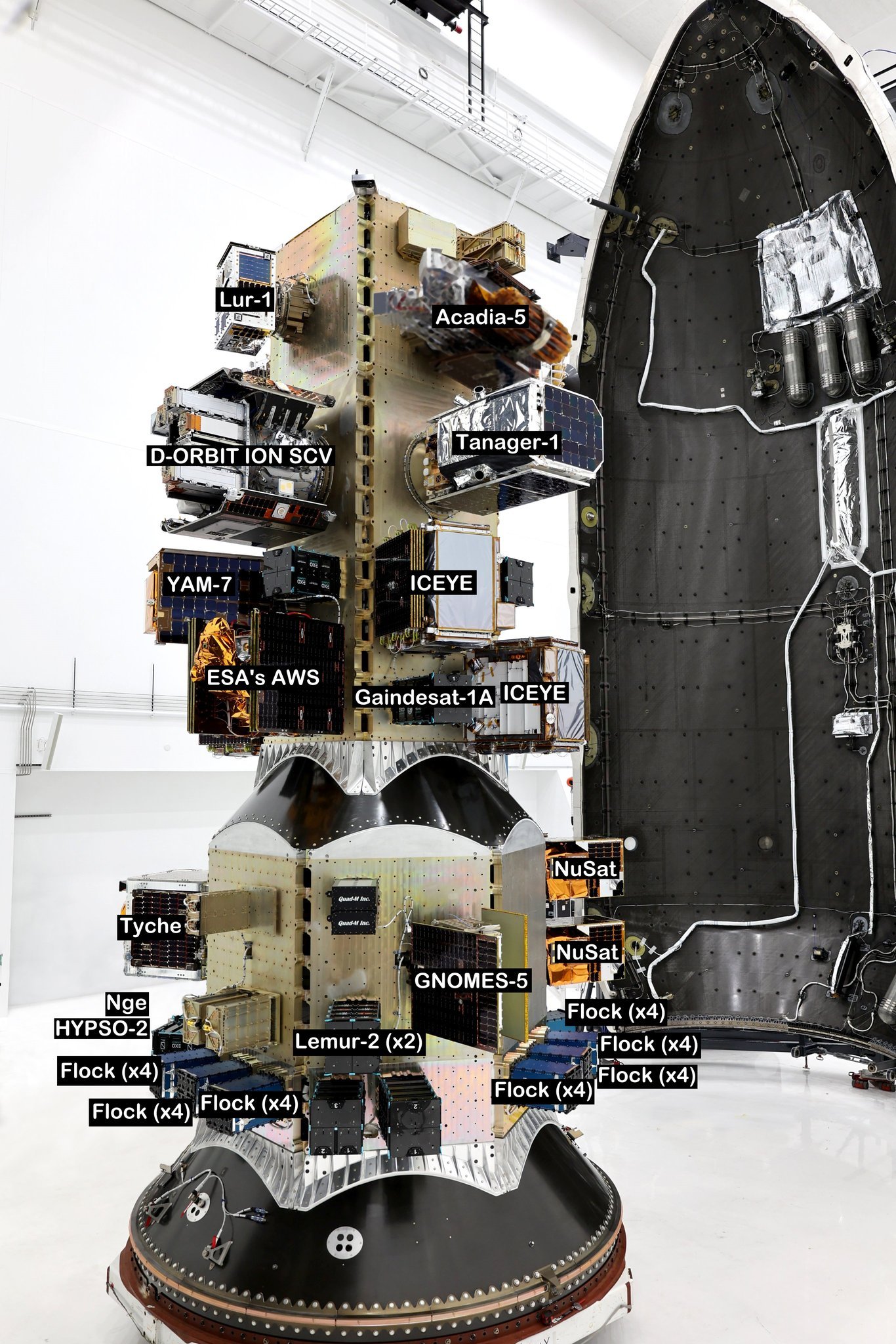
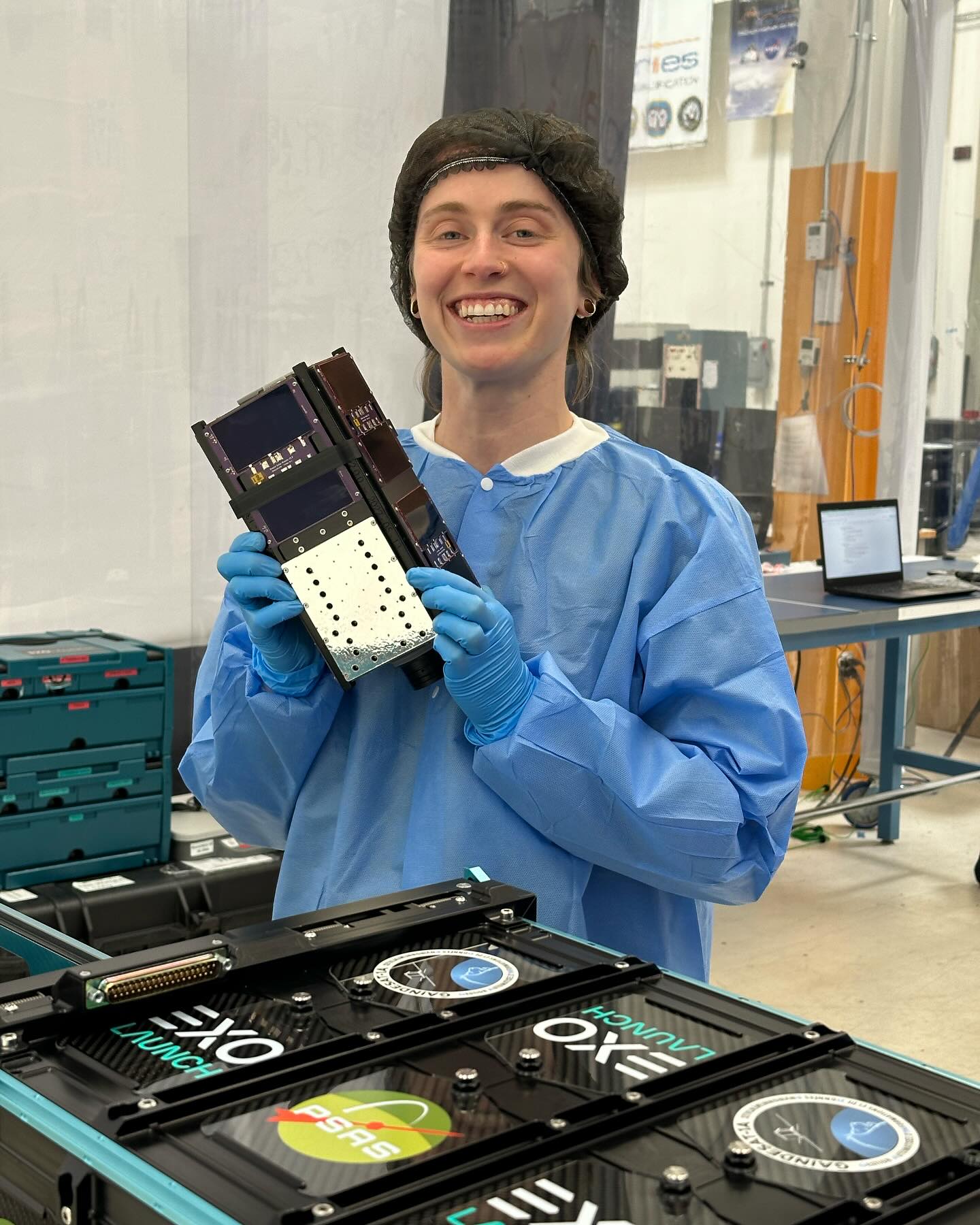
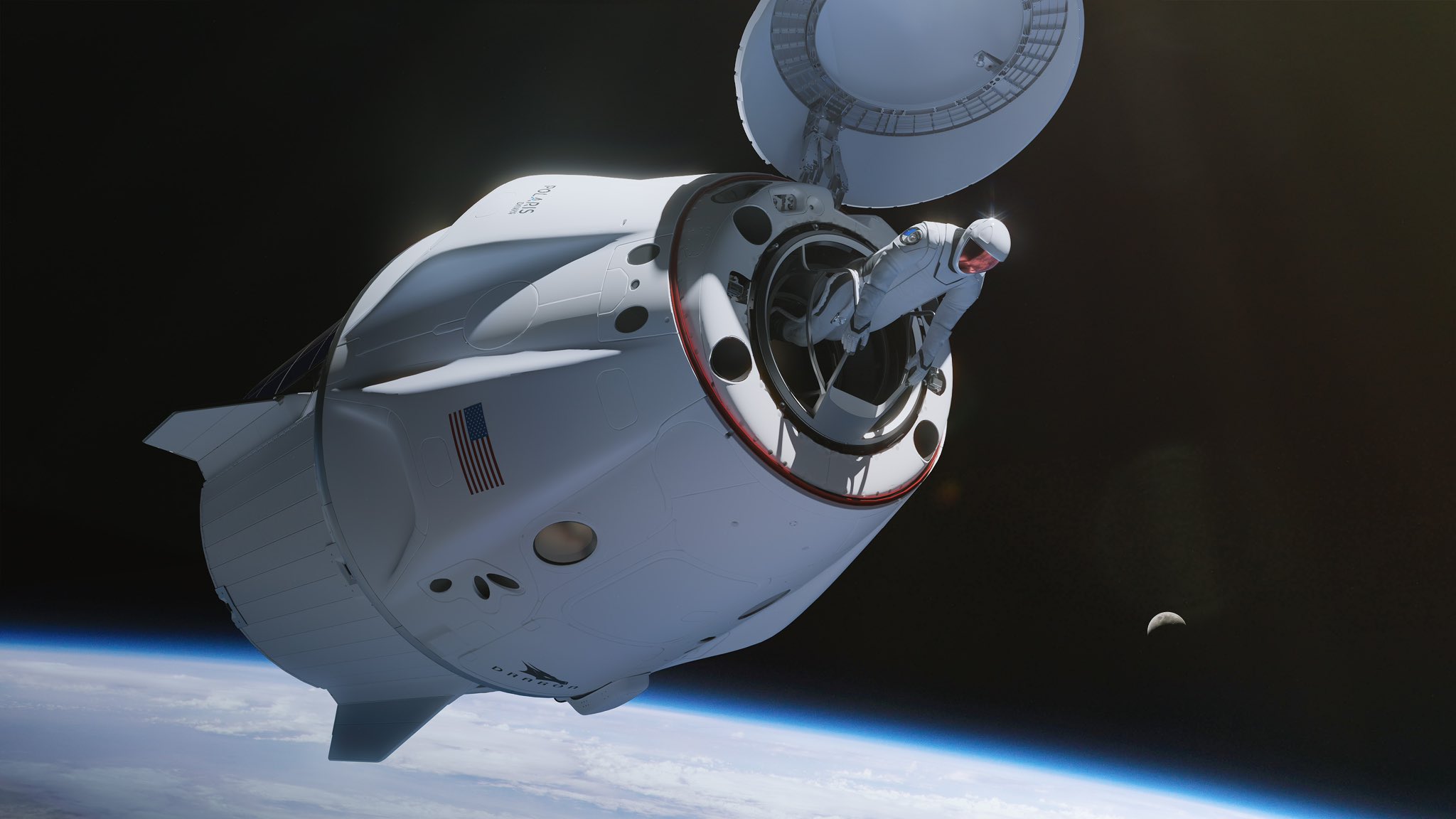
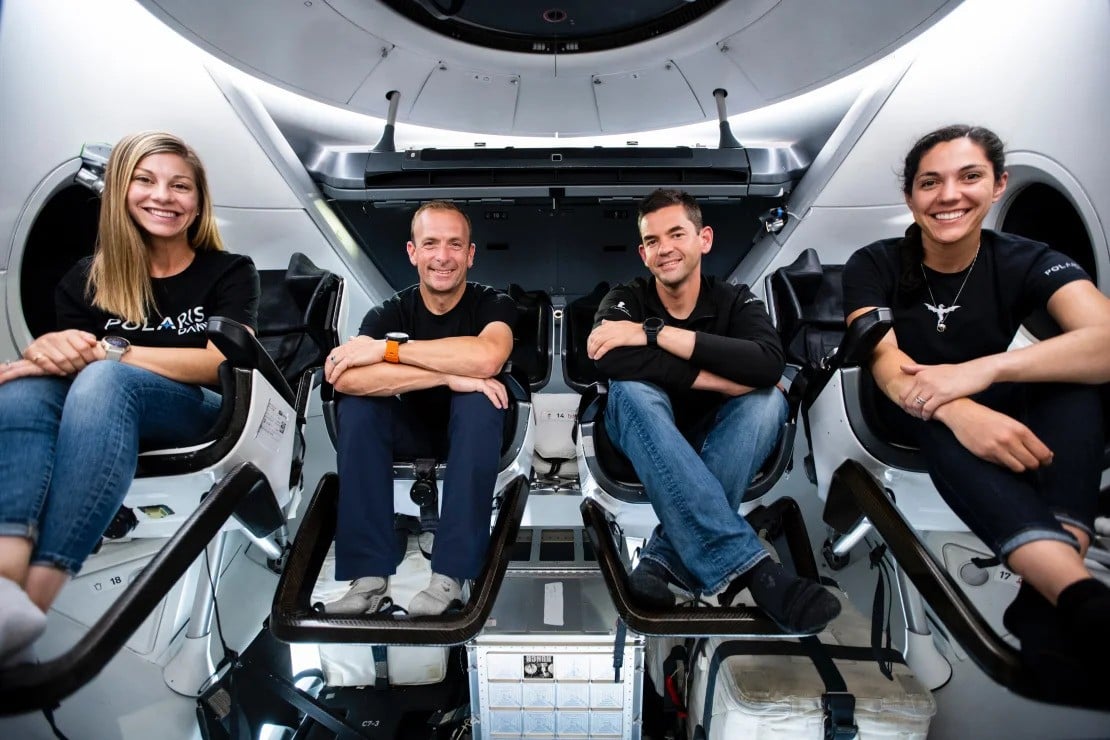
 The Federal Communications Commission is launching a new nationwide alert code for missing and endangered...
The Federal Communications Commission is launching a new nationwide alert code for missing and endangered... 